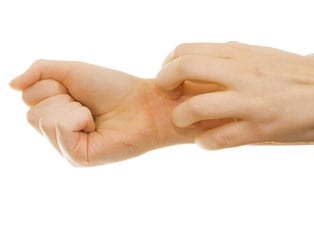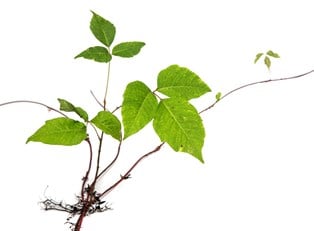Poison ivy rashes are often a frequent consequence of summer outdoor activity. The itchy, uncomfortable rash is caused by the urushiol oil in the plant that is highly irritating to humans, although benign to animals. The discomfort generally resolves after a few weeks. However, a more serious reaction can occur when the irritant quality of the urushiol oil enters the bloodstream and causes a widespread, systemic response.
What is systemic poison ivy?
The usual poison ivy rash is restricted to areas of the body that were in contact with the plant surfaces. In some cases, the rash can spread to other areas of the body through cross contamination of urushiol oil left on clothing or other objects. In these cases, the reaction is generally limited to the skin. However, some sensitive individuals may have a systemic allergic reaction that can be life-threatening. The reaction occurs when the body senses a foreign substance that is causing inflammation and disturbance in body tissues. The system responds with its defense mechanisms that and can overreact in response to the irritation. This reaction poses a threat to normal breathing.
What are the symptoms?
A systemic poison ivy reaction is much more severe than a contact reaction. A systemic reaction often occurs when the person inhales fumes from poison ivy. The person may develop headache, nausea, vomiting, swollen lymph nodes, and fever. The affected person may develop difficulty in breathing as the reaction reaches the bronchial system. Any suspected case of systemic poison ivy should get medical attention immediately. The swelling of the respiratory system can cause death.
How is it diagnosed?
You should always alert your physician of the likelihood of contact with poison ivy when trying to get a diagnosis of a systemic reaction. Highly allergic individuals should inform the physician of this circumstance so the doctor can factor it into to diagnostic tests. The rash on the exterior of the body can be a good indicator that a possible systemic reaction is also occurring.
How is it treated?
Respiratory distress of any kind after contact with poison ivy should trigger immediate medical assistance for breathing. Steroid injections are often necessary to reduce swelling from allergic reactions and aid breathing. Patients may have to be hospitalized for continued monitoring of respiratory function. Oral steroids given on a decreasing dosage may also be given to keep swelling under control. Antihistamines are often given to soothe itching and discomfort.



